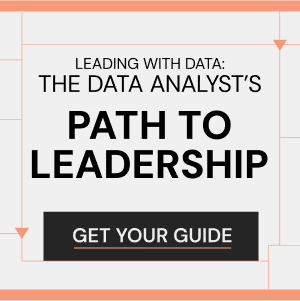How to Build The Perfect Analytics Dashboard
Table of Contents

Learn how to assign categories to your data using the Bin and Choose functions with Sigma's spreadsheet analytics interface.
So, you've gotten your feet wet by exploring data in your cloud warehouse. Now you're ready to shine a spotlight on your analysis and share it with coworkers or partners. This is where dashboards come in. By building an interactive dashboard that makes it easy for others to glean insights quickly.
Before you get to work, there are a few things you should consider first.
Why dashboards?
Dashboards serve many purposes. They allow us to share data, build trust with others, and give people the information they need to make game-changing decisions faster. They can free data from its confines and spread knowledge throughout an organization.
Sigma's dashboards let you dig into the underlying data
Not your father’s dashboard...
People are starting to demand more from their dashboards. Traditionally, dashboards were built in one department (usually by the BI or data teams), and the information was pushed out to the organization. Only a small number of people had full access to analytics tools. This meant there were limited numbers of people who could build and update dashboards. If you needed to make changes, a ticket had to be placed with the data team, rather than allowing domain experts to explore the data on their own. Sounds efficient, huh?
There’s another issue with that approach: it left little to no opportunity to ask more profound questions or to collaborate after a dashboard has been constructed. For example, let’s say you notice a trend in a data set. You’ve probably got a few more questions. Wouldn't it be great to have the freedom to explore further?
The good news is that this is finally starting to change. The latest tools (like Sigma) make it easy for domain experts across organizations to access the cloud data warehouse and build interactive dashboards.
30% of employees don’t have the data needed to do their job. Find out why in our recent eBook.
How to build an analytics dashboard
A dashboard allows an entire team to interact, visualize, and analyze their data. However, before you build an analytics dashboard with your cloud data, there are four questions you should answer:
- Which questions are you trying to answer?
- What are you trying to measure?
- Which metrics matter?
- What will you do with the analytics dashboard, and who needs access?
With this in mind before you build, your analytics dashboard is bound to be more useful to your teammates and will get used instead of sitting idle on the shelf.

Visualizing data in your analytics dashboard
Once you’ve answered these four questions, you’ll need to decide how to visualize the data. The key to building the perfect analytics dashboard is to use visualizations that make it easy to discern the trends and digest the insights. Using the right types of charts or maps can simplify data ingestion and look good in the process.
Visualizing data with Sigma is easy. See for yourself.
Charts vs. Maps
Charts can show trends—both acceleration and deceleration—as well as volatility. They can frequently be combined with line charts and bar graphs to allow you to display multiple elements of your data story within a single graph.
Maps allow consumers to visualize geographic data by location. Maps are easily consumed as most people are already familiar with the concept. However, if having the location is irrelevant to your data story, you probably shouldn't use a map.
Next steps: sharing your data
After building your analytics dashboard, you'll need to determine how you want to share them with your coworkers, partners, or customers. With Sigma, you can embed or share dashboards in seconds.
Pro Tip
Unsure of how to best visualize your data? Here’s a quick breakdown of the most common types of data visualizations and how to use them.
Sigma Deep Dive
You’ve discovered an interesting trend in your analytics dashboard. Great. But now you want to know more. This is where chart drill-downs come in to play. This feature allows you to explore data slices naturally. Using a drill-down, you can click your chart and see hierarchies of data based upon what you selected. In Sigma, if you have follow-up questions, each chart is tied to a worksheet. This functionality allows the data to be queried directly to help give you a better understanding of trends.
Dashboards: an invitation to explore
Make your inner data nerd happy. Start exploring your data warehouse with interactive dashboards that allow you to shine a spotlight on your analysis and find game-changing insights faster. Next stop: a data party where anyone can ask questions and get the answers they need.
Let’s Sigma together! Schedule a demo today.














